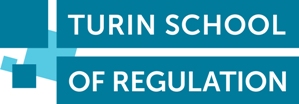09/06/2021 - Webinar: Green transition and the economy
The Coronavirus outbreak produced dramatic effects in a wide range of markets, leading to the worst economic recession since the Second World War. In this context, new policy options seemed to emerge, marking a significant shift from the beliefs that dominated during the last decades.
The USA have recently launched the American Jobs Plan, which starts from the consideration that “public domestic investment as a share of the economy has fallen by more than 40% since the 1960s” and, as a consequence, is strongly focused on the renewal, revitalization and rebuilding of infrastructures and transit systems, at the same time pursuing the goals of a new electric grid and the provision of high-speed broadband to all Americans. At the European level, the EU Member States have recently drafted their Recovery and Resilience National Plans, which have to enable what the European Commission defines as “twin transitions: green and digital”, exploiting the possibilities of a fiscal “whatever it takes” suggested by the former ECB President (Gasperin, 2020; Draghi, 2020).
Against this backdrop, the webinar will try to stimulate a debate and provide an answer to the following two main issues and questions:
i) which way the green and digital transitions actually interplay with each other? What are the main projects which will be funded by the expected direct public investments, both at the EU and the US level?
ii) what are the features of the apparent shift from purely “market-based” solutions to a more significant role of State intervention in addressing environmental challenges? Is such a shift temporary or is it bound to be permanent?
